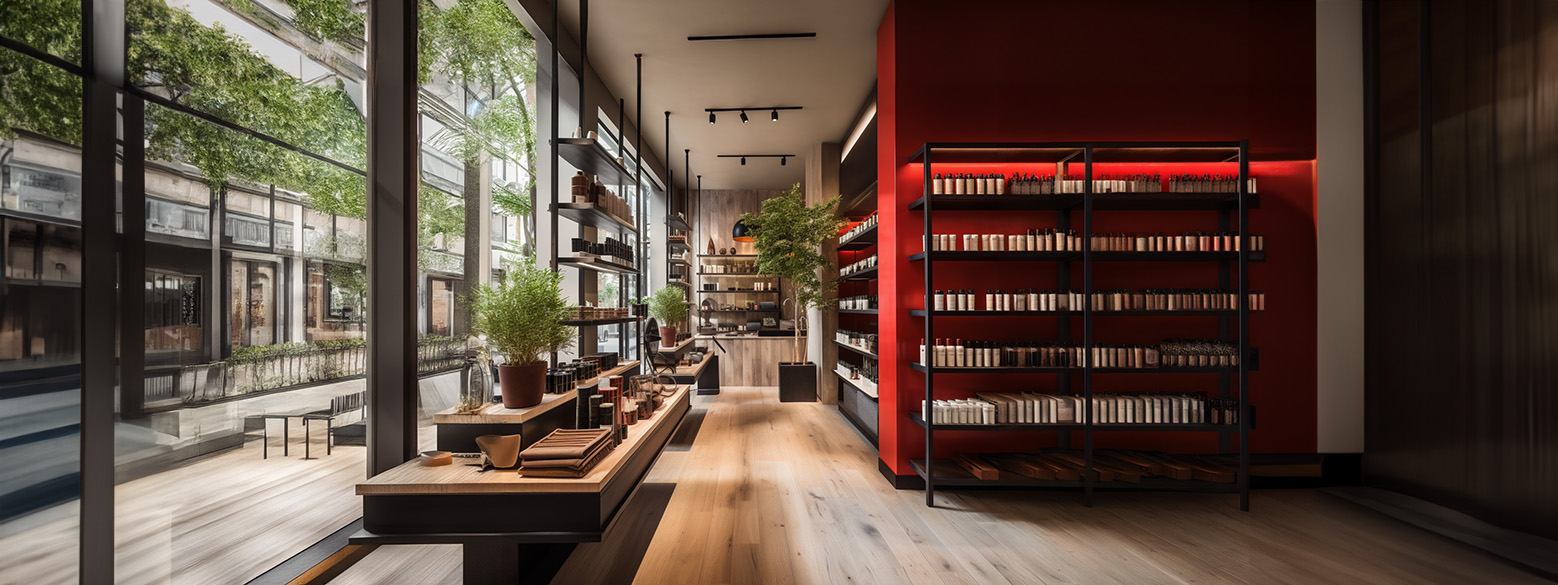The impact of architectural design on consumer psychology
Architectural design significantly influences consumer psychology, affecting their behavior, emotions and decisions. At the moment of purchase, the use of the senses and their stimulation becomes essential for the customer's experience with the products to be as close as possible.
This is particularly relevant in diverse commercial environments such as retail stores, restaurants and shopping malls, where elements such as lighting, sound, aroma and space layout can influence the customer's perception, encouraging them to stay and increasing the likelihood of purchase.
A well-appointed design not only attracts customers, but also creates a pleasant and functional environment, optimizing circulation and improving overall customer satisfaction.
Key aspects:
Ambience and Comfort:
Factors such as lighting, color, temperature and acoustics directly impact the emotional state of consumers, affecting the time they spend in the store and their willingness to buy. The right lighting in each of the spaces, including different types of lighting to visualize changes in a product, can influence the decision to buy.
Space Design:
The layout and organization of furniture can make consumers feel more comfortable and free, encouraging product exploration, or guide them through a predefined path, increasing sales.
Sensory elements:
Music, aromas and textures influence the consumer experience. Having access to how products can smell can entice customers to try them, increasing the likelihood of sales, generating feelings of relaxation and improving the perception of product quality.
Brand Identity:
Architectural design reinforces brand identity and can create memorable shopping experiences, using materials and styles consistent with the image you want to project.
Conclusion:
In conclusion, architectural design significantly influences consumer psychology, affecting their emotions, behavior and purchasing decisions. In commercial environments such as stores, restaurants and shopping malls, factors such as lighting, color, temperature, music, aromas and textures enhance the customer experience and increase the likelihood of a sale. Good space layout encourages browsing and sales, while consistent design reinforces brand identity and creates memorable shopping experiences.
